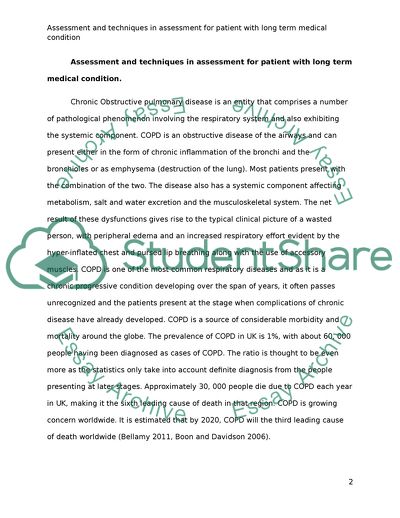Cite this document
(Assessment and Techniques in Assessment for Patient with Long-Term Med Report, n.d.)
Assessment and Techniques in Assessment for Patient with Long-Term Med Report. https://studentshare.org/health-sciences-medicine/1768214-assesment-and-techniques-in-assessment-for-patient-with-long-term-medical-condition
Assessment and Techniques in Assessment for Patient with Long-Term Med Report. https://studentshare.org/health-sciences-medicine/1768214-assesment-and-techniques-in-assessment-for-patient-with-long-term-medical-condition
(Assessment and Techniques in Assessment for Patient With Long-Term Med Report)
Assessment and Techniques in Assessment for Patient With Long-Term Med Report. https://studentshare.org/health-sciences-medicine/1768214-assesment-and-techniques-in-assessment-for-patient-with-long-term-medical-condition.
Assessment and Techniques in Assessment for Patient With Long-Term Med Report. https://studentshare.org/health-sciences-medicine/1768214-assesment-and-techniques-in-assessment-for-patient-with-long-term-medical-condition.
“Assessment and Techniques in Assessment for Patient With Long-Term Med Report”. https://studentshare.org/health-sciences-medicine/1768214-assesment-and-techniques-in-assessment-for-patient-with-long-term-medical-condition.


